Shoreline Preservation
Living Shoreline - Native grasses planted to stabilize the shoreline and natural habitat
Rain is an important occurrence in nature because it replenishes water supplies, provides moisture for living resources and maintains flow levels of rivers and streams.
There are also negative effects that rain can cause due to human interactions. All deposited pollutants on surfaces wash away with rain and flow overland to the nearest waterway. Examples of less desirable substances that are carried in stormwater runoff are petroleum products, animal waste, fertilizers, pesticides and household chemicals. Although we use these substances in our daily lives, how can we protect our waterways?
The first line of defense is to alter human behavior in a positive direction. A secondary means of protecting our waterways from pollution is the use of practices that intercept stormwater runoff before it enters the waterway.
If you own a home . . .
PLANT NATIVE SHRUBS AND TREES
Native shrubs and trees reduce stormwater runoff and are resilient. They also promote biodiversity and shelter and food for wildlife.
ESTABLISH A RAIN GARDEN ON YOUR PROPERTY
A rain garden is just what the name implies – a garden planted with native plants that can be placed within your yard. It captures the first flush or runoff from a rain event. By capturing the runoff in the rain garden, you will not only provide runoff reduction benefits, you may also produce substantial neighborhood and community environmental benefits, such as: An increase in the vegetation mixture in your yard that will provide habitat for insects and birds; An enhancement of the beauty of your yard, thereby improving the landscape in your neighborhood; An increase in the amount of groundwater renewal. NRPA can offer advice and guidance.
VISIT THE NRPA CONSERVATION PROJECT SITE AT SLEEPY HOLE PARK
Native trees and shrubs serve an important role in protecting the waterways. NRPA created the Conservation Project at Sleepy Hole Park as an outdoor classroom where citizens can visit a display of a variety of native vegetation they can plant on their property. NRPA also created a walking path lined with river stones and benches at the site where citizens can stroll, relax and enjoy the view of the Nansemond River. The NRPA Conservation Project Site is located at Sleepy Hole Park, near the pier.
VOLUNTEER BY ADOPTING-A-SPOT AT THE SITE
Help maintain it throughout the year!
If you are a shoreline property owner . . .
Vegetated riparian buffer
COMPLY WITH THE CHESAPEAKE BAY PRESERVATION ACT
The Act mandates that only diseased trees can be removed from the 100 foot vegetated buffer. Homeowners can create a site line, however, not to remove the vegetation. The roots absorb stormwater runoff and reduces sediment and pollutants flow into the waterways. Note: The 100 foot buffer is measured from the landward edge of tidal shoreline features at Mean High Water or the jurisdictional limit of tidal marshes.
CREATE OR ENHANCE THE RIPARIAN BUFFER AREA ON YOUR PROPERTY
Riparian Buffers are areas of native plants, tress, shrubs, and other vegetation located next to rivers, creeks and streams. They are modeled on local natural communities such as bottomland hardwood forest, coastal scrub, and upland oak-hickory-pine forests.
Benefits: Filter stormwater runoff, removing excess nutrient, harmful bacteria and toxins.
Preservation Projects
Many volunteers from all over the community at every age participate in preservation projects like Oyster Restoration, Water Quality Sampling, and Conservation Demo. You’re invited to visit the Riparian Buffer and Native Plant Arboretum Demonstration Site at Sleepy Hole Park in Suffolk, VA.
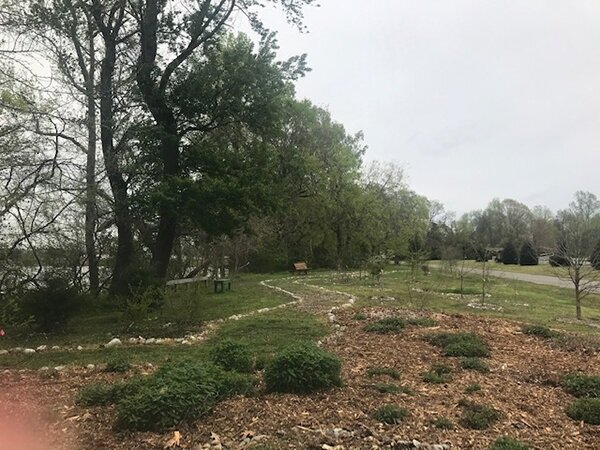
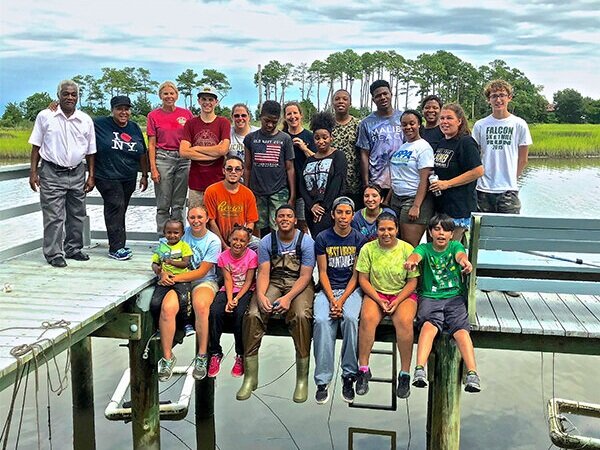
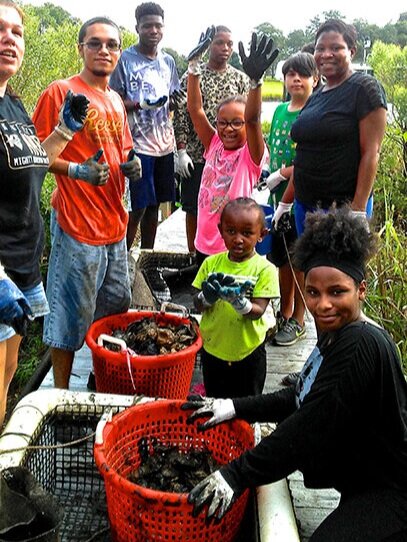


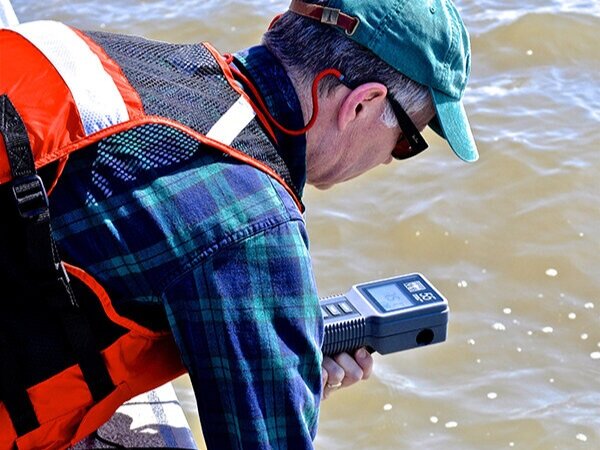
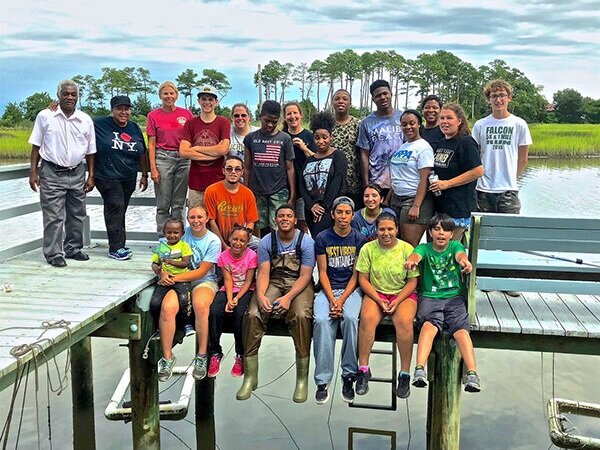
Educating citizens about the Chesapeake Bay Preservation Act. Living Shoreline and Rain Garden Projects. Learn more about the Chesapeake Bay Preservation Act. Information packets are available at the NRPA Office.







